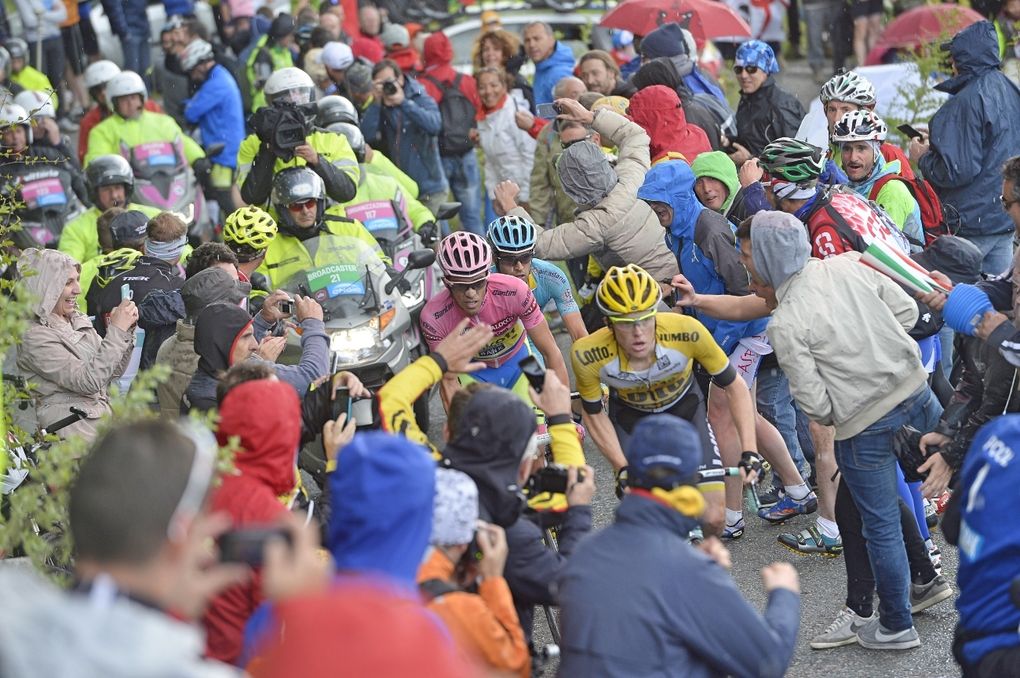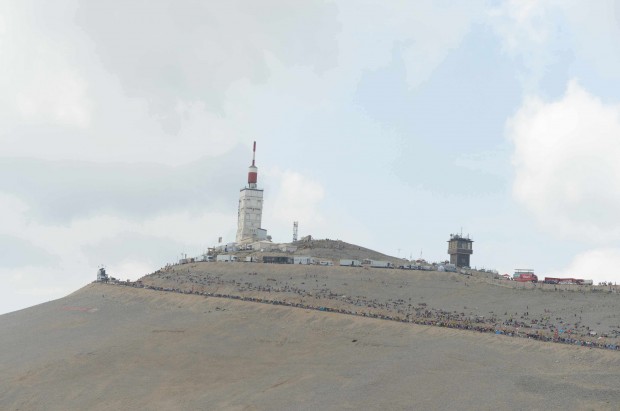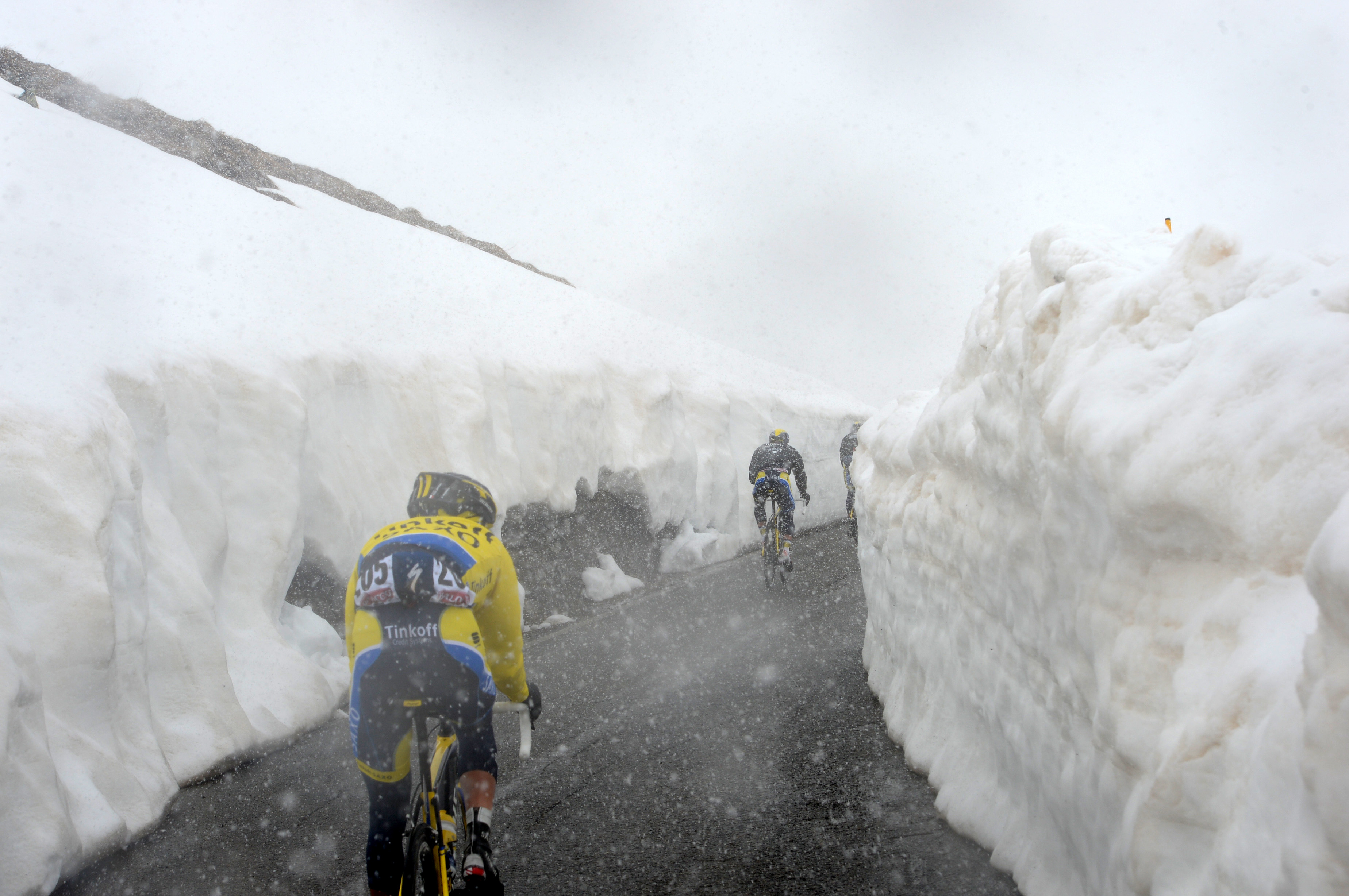Strava continues to grow at a pace, with millions of cyclists now uploading their rides to the app and website, whether that’s the commute to work or winning some of the WorldTour’s biggest races.
And with riders using Strava around the globe, there are countless segments on which to test your mettle and see how your fare up against the rest of the world. But which segments should be on your bucket list?
Understanding Strava: six key training metrics
Strava have helped out by creating a pool of Classic segments, using the criteria of history, difficulty and scenery to put together a list which includes everything from the most iconic Tour de France ascents to lesser known climbs which, while off the beaten track, are no less worthy. Whatever way you look at it, these are some of the best roads in the world to ride.
Which of Strava’s Classic segments have the biggest draw? And who tops the leaderboards? We’ve rounded up the 15 most popular below, ranked by how many attempts have been recorded on each segment. How many have you tackled? And where are you planning to ride next?
15) Mortirolo, Italy

The Passo Mortirolo made an eagerly-anticipated return to the Giro d’Italia for the 2015 edition, and the action on its fierce slopes did not disappoint.
As Alberto Contador dealt a climbing masterclass to his rivals for the maglia rosa, the climb was showcased in all of its beauty – and brutishness.
The Strava Classic segment covers 11.4km of the climb, with the average gradient of 11 per cent proving this is not one for the faint-hearted – indeed, a certain Lance Armstrong once dubbed it the hardest climb he’d ever ridden.
Of the Strava users in the Giro peloton back in May, Movistar’s Giovanni Visconti was the fastest to the summit – his average speed of 13.5km/h seeing him complete the climb in just shy of 51 minutes.




















